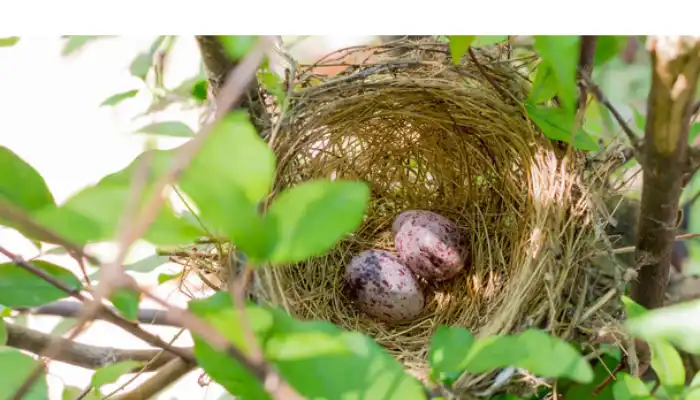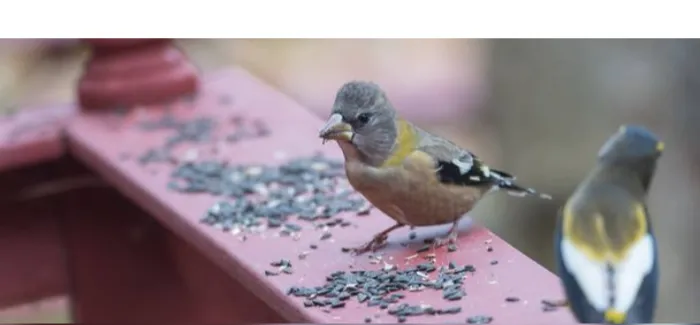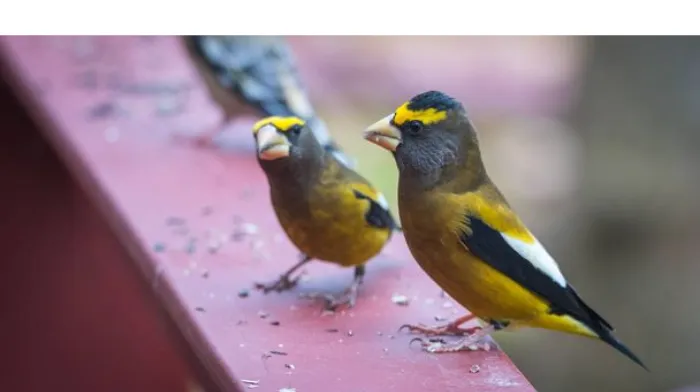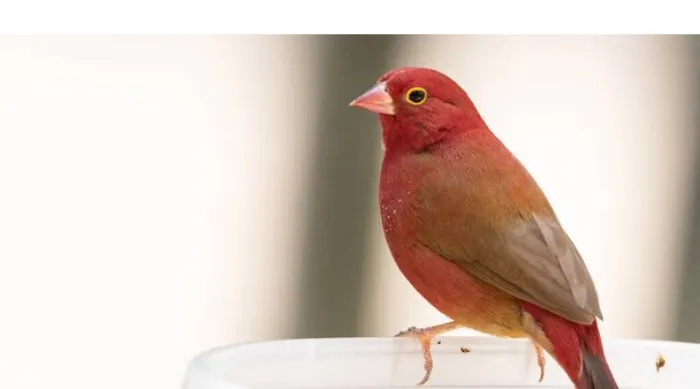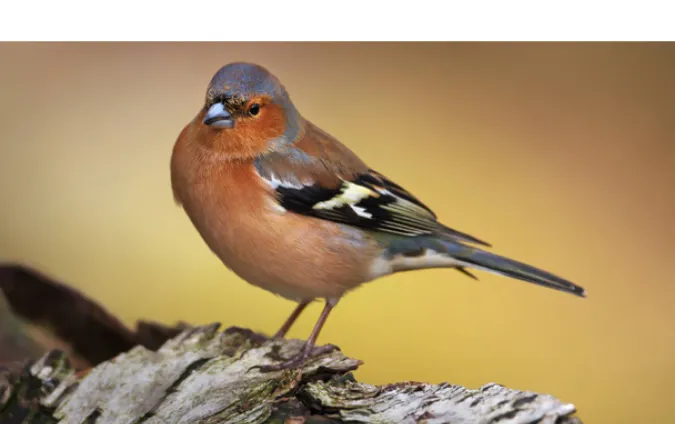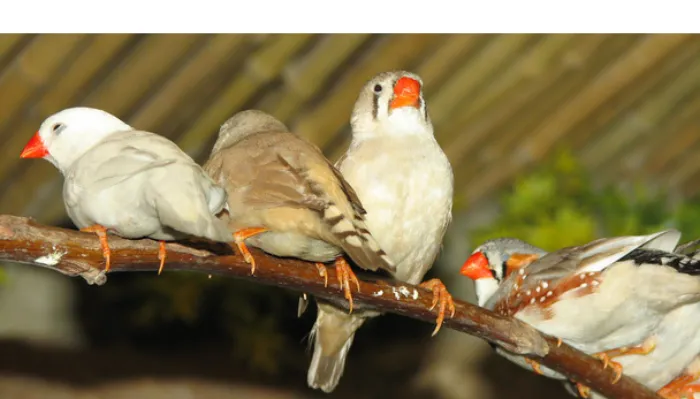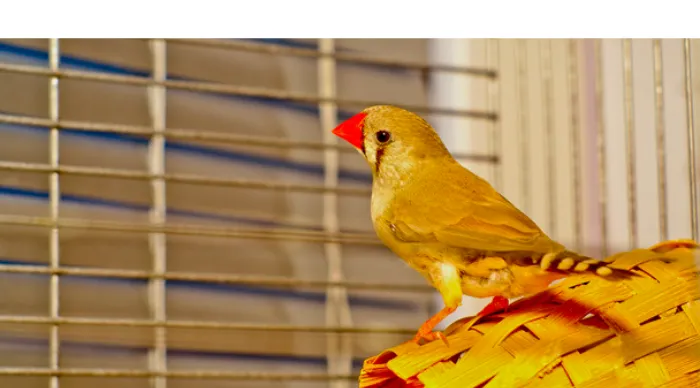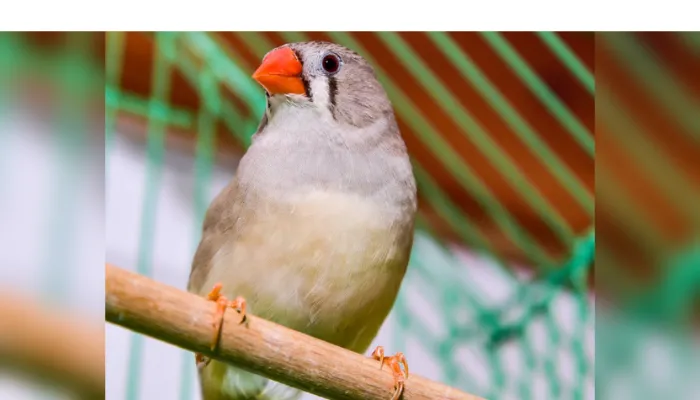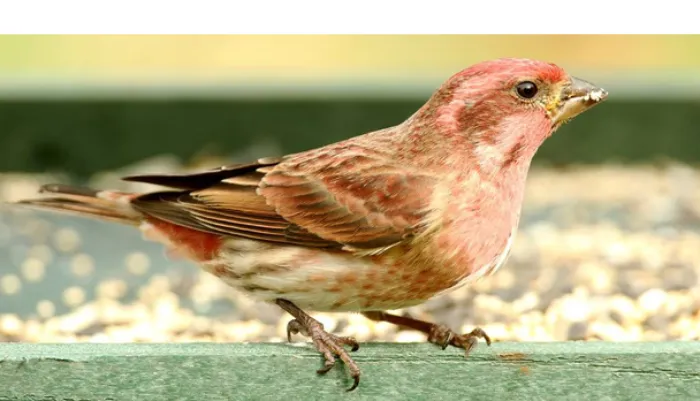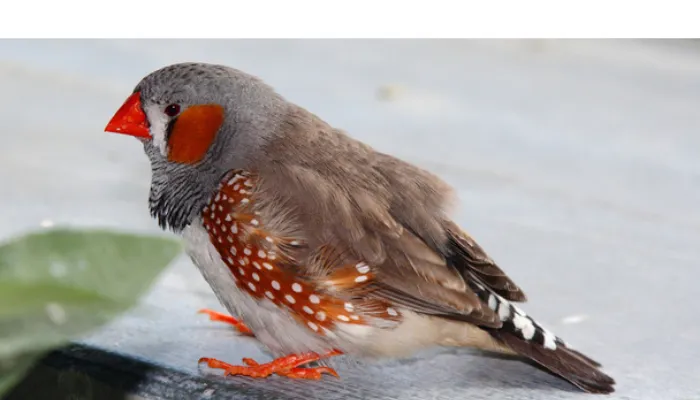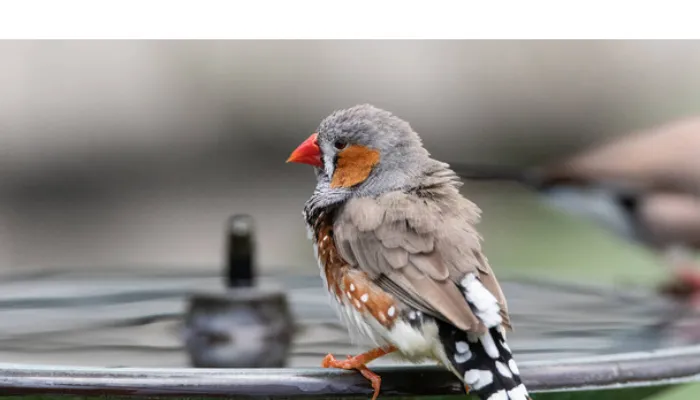Have you ever been on a morning walk, heard a cheerful chirp, and spotted a house finch hopping about in the branches? These delightful birds bring a splash of color and music to our lives.
But when it comes to their nesting behavior, specifically whether or not house finches sit on their eggs, there’s a fascinating story to be told.
Whether you’re a birdwatcher, an aspiring ornithologist, or simply someone curious about the feathered friends in your backyard, it’s essential to understand this behavior.
In this blog post, we’ll dive deep into everything you need to know about how house finches manage their nests and take care of their eggs.
Fun Fact: It's a common myth that finches toss their chicks out of the nest. In reality, finches are caring parents who diligently feed and protect their offspring until they are ready to fledge and explore the world independently.
Quick Answer: Do House Finches Sit on Their Eggs?
Absolutely, they do! House finches are known for their dedicated parenting, starting right from the incubation stage. The female house finch primarily takes on the task of sitting on the eggs to keep them warm and protected.
The incubation period typically lasts between 12 to 14 days.
During this time, the male may relieve the female occasionally so she can feed, but it’s largely her show.
How long does a House Finch sit on her eggs? As mentioned, usually between 12 to 14 days. However, this can vary slightly depending on environmental factors.
Do house finches abandon their eggs? It’s pretty rare. They’re devoted parents but could leave the nest temporarily due to a perceived threat.
The Life Cycle of House Finches
Understanding the life cycle of these fascinating birds provides valuable context for their nesting behavior.
Nesting Behavior
When it comes to setting up a cozy home for their eggs, house finches aren’t picky. They’ll nest in trees, shrubs, ledges, building eaves, hanging planters, and even vents!
The female usually constructs the nest using twigs, leaves, feathers, and other available materials.
Mating Rituals
Ah, love is in the air! Or, in this case, in the branches. Before all the egg-sitting begins, male house finches have to win over their mates. They do this through a combination of sweet songs and flashy plumage.
Once a pair is formed, they usually stick together throughout the breeding season.
Do birds leave their eggs unattended?
Not usually, especially not house finches. They’re the helicopter parents of the avian world, rarely leaving their eggs unattended for long periods.
For further insights into the behavior of house finches around their nests, you can explore why finch eggs disappear from nests.
Will a House Finch use the same nest twice? Yep, they sure can, especially if they found the first experience to be safe and successful.
Why It’s Important for House Finches to Sit on Their Eggs
Alright, so we’ve established that house finches do sit on their eggs, but why is this so crucial? First, it’s all about keeping those eggs toasty warm.
Birds’ eggs need to be incubated at a certain temperature to support the embryo’s growth inside. Think of the momma finch as a feathery incubator, transferring her body heat to the eggs.
Environmental Importance
Incubation isn’t just a matter of bird family dynamics; it’s also an ecological balancing act.
By successfully raising their young, house finches contribute to controlling insect populations, seed dispersal, and even the health of the plants they frequent.
Do house finches abandon their eggs?
Very rarely. If they do, it’s often due to environmental stressors like extreme temperatures or predation threats. A deserted nest usually indicates something in the environment went awry, and this can have ripple effects on local ecosystems.
How Long Do House Finches Sit on Their Eggs?
So you might be wondering, “Okay, they sit on their eggs, but for how long?” Great question! The incubation period is a crucial time in the life of a house finch family, and it usually ranges from 12 to 14 days.
Incubation Period
During this time, the female is the primary incubator, snuggled atop her eggs. It’s not a casual commitment; she stays put most of the time, leaving only for brief periods to grab a bite or stretch her wings.
Taking Turns: The Role of Both Parents
Remember the guys in this equation? The male house finch plays a supporting role. While he doesn’t do much incubating, he stays near the nest to guard it from predators and occasionally relieves the female so she can feed.
How long does a House Finch sit on her eggs?
As mentioned before, the female usually sits for about 12 to 14 days. But you’ll sometimes see a range—say, 11 to 16 days—due to environmental factors like temperature and humidity.
Factors Affecting Incubation
So, sitting on eggs seems straightforward enough, right? But it’s not always smooth sailing. A lot can influence how long or how successfully house finches incubate their eggs.
Environmental Conditions
Weather plays a significant role. Extreme cold or hot temperatures can jeopardize the eggs, and mama finch might need to work overtime to keep conditions just right. Rain and wind can also make things tricky.
Predators and Disturbances
Yes, even in the bird world, there are home invaders. Predators like larger birds, squirrels, or even other finches can pose a threat to the eggs. In some cases, house finches might even abandon the nest if they sense too much danger.
This leads to the question, Do house finches abandon their eggs? They’re generally committed parents, but a high-risk environment might force them to leave.
Do birds leave their eggs unattended? House finches take turns to make sure their eggs are seldom left alone. But, as mentioned, a perceived threat could make them vacate temporarily.
What Happens After the Eggs Hatch?
So the countdown is over, and voilà—the eggs have hatched! It’s an exciting time, for sure, but what happens next is just as crucial as the incubation period. It’s baby bird time!
Feeding the Young
Once those little beaks poke out of the shells, both parents kick into high gear. They’re both responsible for feeding the chicks and, let me tell ya, those tiny mouths are always open for more! The diet usually consists of a mix of seeds and insects.
Fledging: Taking the First Flight
The chicks are ready to leave the nest after about 12 to 19 days, depending on various factors like nutrition and climate. This period, known as fledging, is when they take their first shaky flights.
Mom and dad are still around, offering guidance and food as they learn the ropes.
Independence and Beyond
Eventually, these young birds will eventually gain enough confidence and skill to venture out independently. Yet, they may stick around the family nest for a while before finally seeking out territories and mates of their own.
Will a House Finch use the same nest twice? Well, if the fledging was successful and the location remains safe, there’s a good chance the parents will use the nest for a second or even third brood.
Frequently Asked Questions (FAQ)
Got more questions about house finches and their egg-sitting habits? You’re not alone! Here’s a quick rundown of some common queries.
Q1: How long does a House Finch sit on her eggs?
A1: Generally, the incubation period lasts between 12 to 14 days. However, this can vary based on environmental factors.
Q2: Do house finches abandon their eggs?
A2: It’s rare but possible, especially if the nest faces threats like predators or extreme weather conditions.
Q3: Do birds leave their eggs unattended?
A3: In the case of house finches, they seldom leave their eggs unattended for long. Both parents typically take turns watching the nest.
Q4: Will a House Finch use the same nest twice?
A4: They can reuse a nest if they found it safe and successful during the previous breeding season.
Conclusion
Well, there you have it, folks! The saga of house finches sitting on their eggs is far more intricate and fascinating than it first appears.
From the unwavering dedication during incubation to the care and teaching that follow, these birds are quite the committed parents.
The story doesn’t just end at hatching; it’s merely a new chapter in a continuing cycle of life that impacts both the finch family and the ecosystem they inhabit. It’s a beautiful dance, delicately balanced on the wings of these small but diligent birds.
Whether you’re a casual bird-watcher or a more serious ornithologist, understanding the behavior and roles of these finches adds a delightful layer to your observations.
It’s like binge-watching a real-life nature drama, only this one has feathers and beaks.
